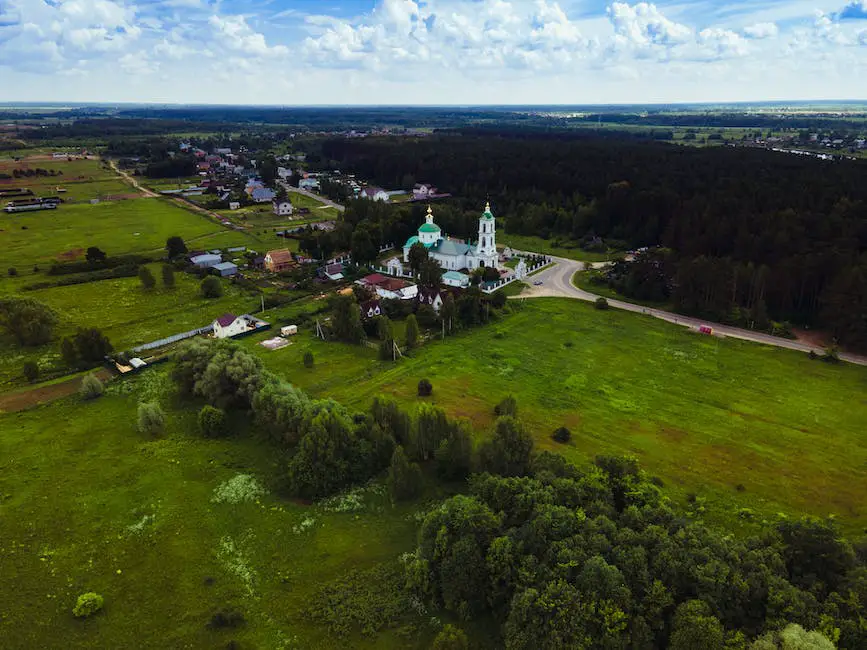
Imagine strolling through the heart of Tula, Russia, where the whispers of the past meet the innovations of the present in a symphony of architectural marvels. As I meander through the city’s parks, I can’t help but marvel at the seamless blend of history and modernity. Tula’s architecture is a canvas, painted with the broad strokes of time, each era contributing its unique Hue.
The Roots of Tula’s Architectural Tapestry
The story of Tula’s architecture begins in the medieval period. The Tula Kremlin, a fortress of resilience, stands as a testament to the city’s strategic importance. Its walls, erected in the 16th century, have witnessed the ebb and flow of Russian history. The Kremlin’s cathedrals and towers, with their onion domes and spires, are classic examples of early Russian architecture, echoing the grandeur of bygone eras.
The Industrial Revolution: A New Chapter
Fast forward to the 18th and 19th centuries, and you’ll find Tula at the forefront of the Industrial Revolution in Russia. The city became synonymous with craftsmanship and innovation, particularly in metalworking. This period saw the rise of utilitarian structures, factories, and workers’ housing, reflecting the city’s burgeoning industrial might. Yet, even these functional buildings carried a certain stoic beauty, a reminder of Tula’s enduring spirit.
Embracing Modernity and Beyond
As the 20th century unfolded, Tula’s architectural landscape continued to evolve. The Soviet era brought with it Constructivist and Brutalist structures, stark in their geometry and scale. These buildings, often massive and imposing, were designed to embody the collective ethos of the time. Yet, amidst these giants, pockets of greenery persisted, with parks like the Central Park of Culture and Leisure offering a breath of fresh air and a touch of nature’s own architecture.
Tula Parks: A Green Oasis
Speaking of parks, they are the lungs of Tula, providing a verdant escape from the urban sprawl. The Central Park, a hub of leisure and culture, is a prime example of landscape architecture harmonizing with the city’s historical and modern buildings. It’s a place where families gather, children play, and history buffs Revel in the park’s statues and monuments that narrate Tula’s storied past.
Preservation Meets Innovation
Today, Tula is a city that respects its past while eagerly embracing the future. Restoration projects breathe new life into historical buildings, ensuring they stand proudly beside contemporary structures. The city’s architectural journey is not just about preserving relics but also about creating a dynamic, living heritage that continues to inspire and evolve.
FAQs
- What architectural styles can be found in Tula?
In Tula, you’ll encounter a rich tapestry of styles, from medieval Russian and classical to Soviet-era Constructivism and modern designs.
- How has Tula’s industrial history influenced its architecture?
The city’s industrial boom led to the construction of factories and worker housing, which added a functional yet historically significant layer to Tula’s architectural landscape.
- Are there any notable restoration projects in Tula?
Yes, Tula has seen several historical buildings and monuments restored to their former glory, blending the city’s rich history with its modern-day aspirations.
Conclusion
In conclusion, Tula’s architecture is a living chronicle of Russia’s past, present, and future. From the ancient walls of the Tula Kremlin to the verdant expanses of its parks, the city is a testament to the enduring power of design and innovation. As we’ve explored the evolution of Tula’s architecture, it’s clear that the city’s parks, like the Central Park of Culture and Leisure, play a pivotal role in this narrative. They offer a sanctuary where history and modernity coexist, where the community can gather, and where the city’s architectural heritage continues to thrive. Tula’s architectural journey is far from over, but its trajectory is one of reverence for the past and excitement for the future.
For those seeking to understand the essence of Russian urban development, Tula stands as a beacon of architectural diversity and resilience. It’s a city that has mastered the art of transformation while holding onto the threads of its storied past. So, whether you’re a real estate enthusiast, a history aficionado, or simply a curious traveler, Tula’s architectural evolution is a narrative worth delving into.